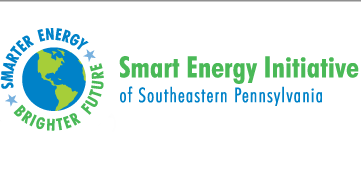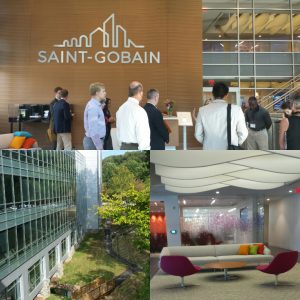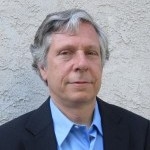Originally published July 28, 2016 by the Philadelphia Inquirer, Special Advertising Section
Summer is winding down but energy bills certainly have not! Between air conditioning, pools, and storing water, your energy bill rapidly rises with the recent heat waves.
But all hope is not lost! There are countless ways to be a smart energy consumer during the summer, but here are just a few that require very little effort (but can make a big difference).
1. Set your thermostat realistically.
People love to come home to a cool home, but unfortunately, keeping your thermostat low when you’re gone is a gigantic waste of money.
When you’re out of the house, the thermostat can be set as high as 85 degrees Fahrenheit, and it won’t bother anyone. When you’re in the house, you don’t have to freeze yourself. Getting out of the heat doesn’t mean you have to jump into the polar opposite (no pun intended). Setting the thermostat around 78 degrees Fahrenheit will keep you from being too warm. Of course, you can go lower but you certainly don’t need to keep it set at anything lower than 68 degrees Fahrenheit.
It’s nice to be cool but it costs you a lot. Use the high-powered A/C sparingly, because once you start relying on it you’ll find it nearly impossible to wean yourself off of it. Don’t start the bad habit.
2. Cut down on any indoor heating.
This is a simple one. Think of the things in your house that produce heat, like the dryer, dishwasher, oven, and incandescent lighting. It’s best to run the heavier appliances (like the dryer and dishwasher) at night, when it is cooler. Keep light bulbs off unless completely necessary. Use alternatives to the oven, like an outdoor grill or microwave.
If you minimize the use of these, you minimize the heat, which minimizes the need for fans and A/C, which saves you money. Cha ching!
3. Buy smart plugs to save on electricity.
During the summer we use a lot of electricity on fans and A/C. We also use a lot of electricity normally, because we love to have our phones, computers, TVs, video game consoles, and lights plugged in at all times. Some of these devices continue to use electricity even when off, whether that is through powering a standby light or through charging. We often forget to unplug the things we aren’t using and/or don’t unplug them due to sheer convenience.
Thankfully there are smart plugs, which turn off after per-determined amount of time. Overcharging phones and computers is also a consistent waste of electricity. Smart plugs will allow you to set how long you’d like electricity to run and also monitor how much power you are using. They’re definitely worth the cost in the long run.
4. Make some hard decisions about any extra fridges/freezers.
Convenience is a great thing. We all love it. But unfortunately, having extra refrigerators and freezers means you’ll be paying a lot more in terms of your electric bill. Ask yourself if those extra units are truly necessary. Can you live without them? Could you plan grocery trips more strategically, as to prevent over-packing the fridge/freezer.
It’s a hard choice, especially for folks living in homes with a lot of adults or children, but ultimately you could save a lot by just shutting one or all of them off in the summer.
5. And of course…clean the filter to your A/C
This is probably the biggest “duh” on the list but many people forget. Keep filters to your air conditioning unit(s) clean, otherwise you’ll be paying for the cost of power you never get to enjoy.




